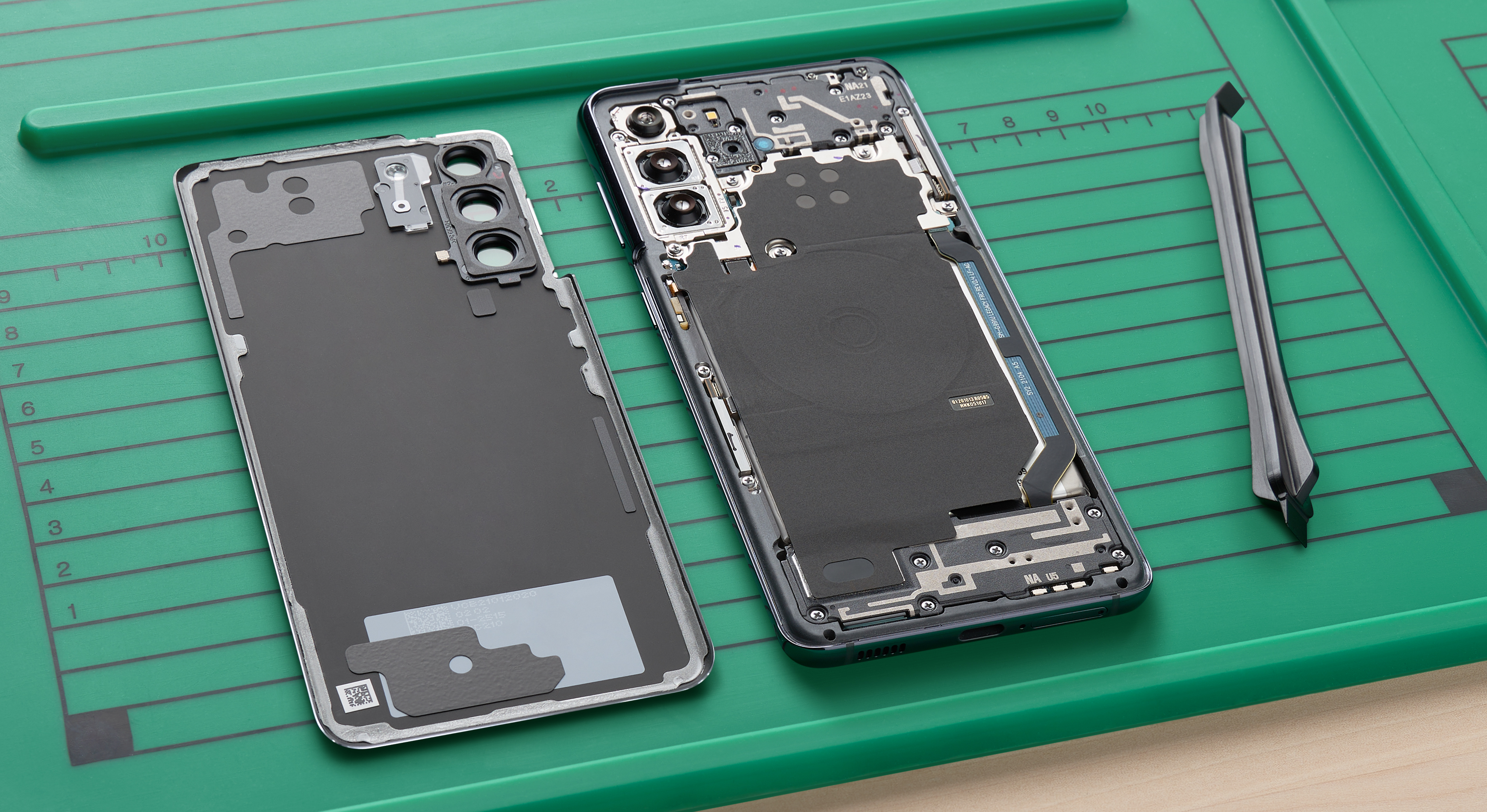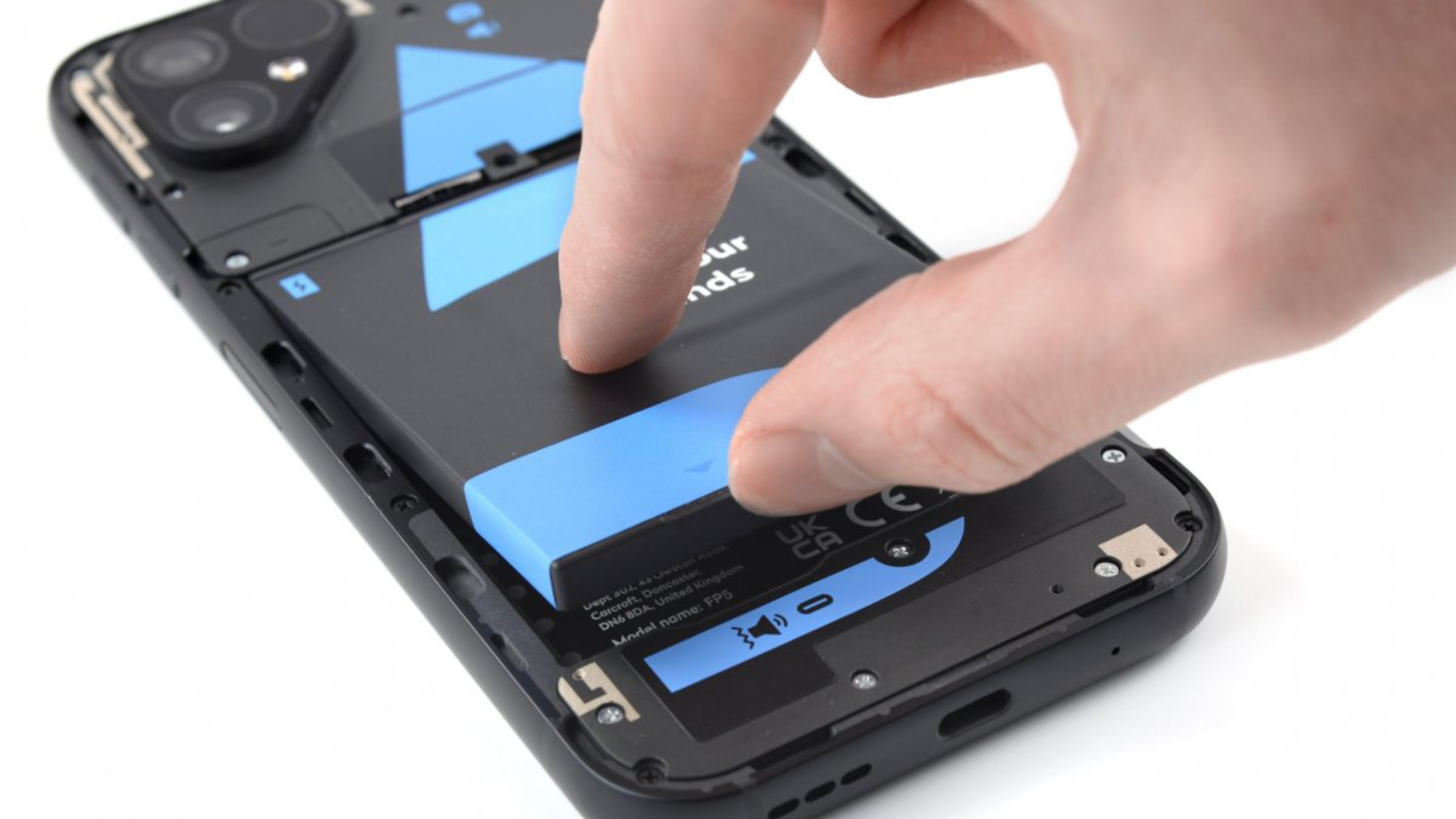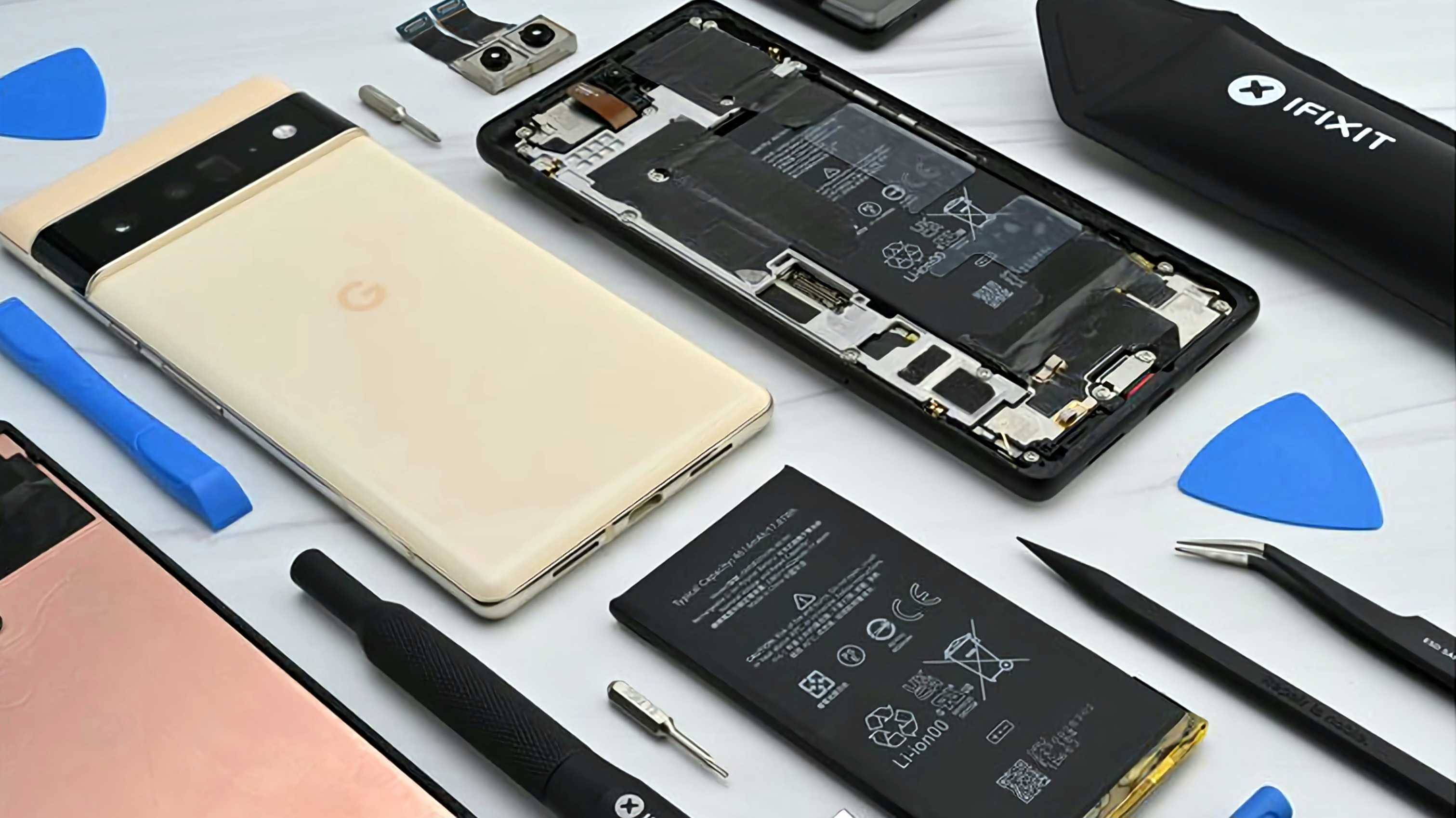
What you need to know
- Last week, iFixit announced it would be ending its collaboration with Samsung, which allowed it to distribute OEM parts and repair guides.
- iFixit says that Samsung's "approach to repairability does not align with our mission."
- While the iFixit partnership with Samsung is ending, the former company's partnership with Google to provide parts, tools, and guides for Pixel devices is going strong.
iFixit, a company that has tried to advance the right-to-repair movement by partnership with big tech manufacturers, announced last week that it is ending its collaboration with Samsung. The partnership allowed iFixit to distribute official parts and create repair guides for Samsung devices. However, iFixit cut off the deal, saying that Samsung's "approach to repairability does not align with our mission."
There's a lot to unpack here, because iFixit's decision to back out of the Samsung partnership could have a big effect on consumers. iFixit is the go-to source for reliable original equipment manufacturer (OEM) and aftermarket parts, as well as tools and repair guides, for a swath of consumer electronics products. Is iFixit or Samsung to blame for the breakup? That's not completely clear, but both sides weren't perfect. Samsung didn't set the partnership up for success, and iFixit won't produce repair guides for Samsung devices at all now that it's over.
Regardless of what you think about Samsung and iFixit's role in the partnership ending, there's an uninvolved third party that is sitting pretty through all the drama: Google.
While companies like Samsung may seemingly be uninterested in truly supporting Right to Repair, Google's approach seems genuine. It's providing parts and guides as part of its own iFixit partnership, supporting Right to Repair legislation, and more. Samsung's apparent lack of interest in Right to Repair shows that Google certainly doesn't have to do all it has done to make repairing Pixels easier and deserves more credit.
Why the Samsung Repair Hub didn't work

Unfortunately, we don't know the entire story of how the collaboration between iFixit and Samsung fell apart. iFixit shared some of its side of the story in a blog post and a subsequent interview between the company's CEO and The Verge. Android Central reached out to Samsung regarding iFixit's canceled partnership when we first covered it last week, but we still have not heard back from the company.
Even without the additional context, it's not hard to see why the partnership called the Samsung Repair Hub didn't work out. Samsung imposed some arbitrary limitations that prevented individual consumers and companies from performing cost-effective repairs. One of the more egregious examples was a Samsung policy that barred iFixit from selling more than seven parts to a customer over a three-month period. This effectively prohibited independent repair shops from benefiting from the deal.
The other big issue was that Samsung bundled parts together, making repairs cost-prohibitive. For example, to replace the battery on a Samsung Galaxy S22, users would have to pay iFixit a whopping $160 for the new part. Why? Because Samsung only sells new phone batteries that are pre-attached to a brand-new screen. This is extremely problematic for a few reasons. If you just need to replace a battery, not only are you paying for a screen you didn't need, but you're also throwing away a perfectly good display in the process.
There were probably financial reasons that contributed to the demise of the iFixit and Samsung collaboration, too. For the reasons above, it didn't make sense for people to buy parts from iFixit, and I wouldn't be surprised if sales were low.
Is iFixit bitter?

iFixit doesn't appear to be completely innocent through all this either, and I think it's fair to wonder whether the company is bitter following the Samsung breakup. Moving forward, iFixit has decided not to make its own repair guides for Samsung products.
"As Samsung phones are popular devices, we’ve tried to cover them with our in-house repair guides. But as the devices continued to decline in repairability, it made less and less sense," iFixit explained. "Having repair guides is a crucial part of repairability, but if Samsung is just profiting from unpaid work, do they really deserve that credit? We will be turning our limited guide-making bandwidth onto more deserving tech."
The word choice here is interesting because iFixit alleges that "Samsung is just profiting from unpaid work." But if iFixit's main goal was to empower people to repair their own devices and help out independent shops, why is it so focused on the finances of creating repair guides? Samsung is one of the largest phone manufacturers in the world, usually trading places as the leader or runner-up in phones sold. The company shipped over 226 million phones in 2023, according to Statista, so it's incredibly disappointing that iFixit seemingly has no interest in helping users repair those devices anymore.
iFixit wants to make it seem like it doesn't need to make repair guides for Samsung products, saying that "anyone can make an iFixit guide—in fact, over half of our 100,000+ guides were not written by our in-house team." However, iFixit does make in-house repair guides for plenty of popular products made by companies it does not partner with, including Apple. It seems puzzling that a company claiming to be "pushing the envelope and pulling all the levers we can to make repair universal" would give up on making repair guides for Samsung devices.
Samsung's failures prove Google is serious about Right to Repair

I don't think there's an innocent party in the iFixit/Samsung fiasco. Samsung should have done more to make the Samsung Repair Hub a viable option for independent repairers, and iFixit should keep making repair guides for Samsung products. But if there's one company that looks good through all this, it's Google.
For its part, Google partnered with iFixit a few years ago and backed a Right-to-Repair bill in Oregon earlier this year. There aren't any "catches" to Google's partnership with iFixit, either. You can buy an official Pixel 8 Pro battery from iFixit, plus all the parts and tools needed to complete the repair, for just $50.
Google clearly embraces the right-to-repair mission, as evidenced by the company's words and actions. In a recent episode of the Made by Google podcast, Steven Nickel, the director of consumer hardware operations at Google, talked about the company's plan to make Pixel devices more repairable. To say that Nickel's words make me optimistic about the future of repairing Google devices would be an understatement.
The goal for Pixel repairability is to make fixing the devices a "fixture-less" repair, he explained. "Fixtures are the tools you need to repair them," Nickel added. "We want to get to a point where you can reach into a kitchen drawer and be able to replace your screen."
Words are just that—words, but Google's actions over the about two years of the iFixit partnership prove it's actually committed to Right-to-Repair. And as the deterioration of the iFixit/Samsung partnership shows, that isn't a given. Google is doing some good work when it comes to repairability and deserves praise for it.







